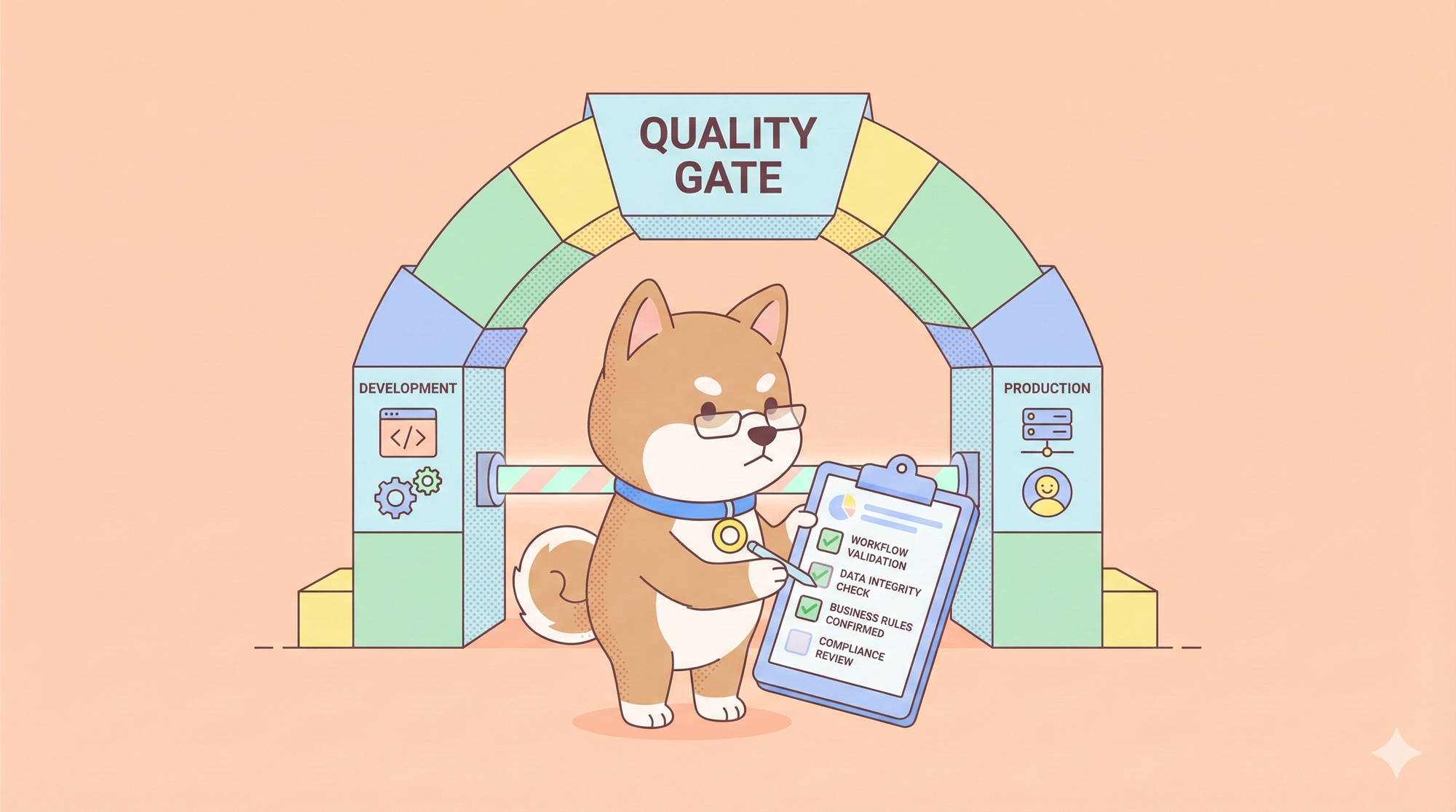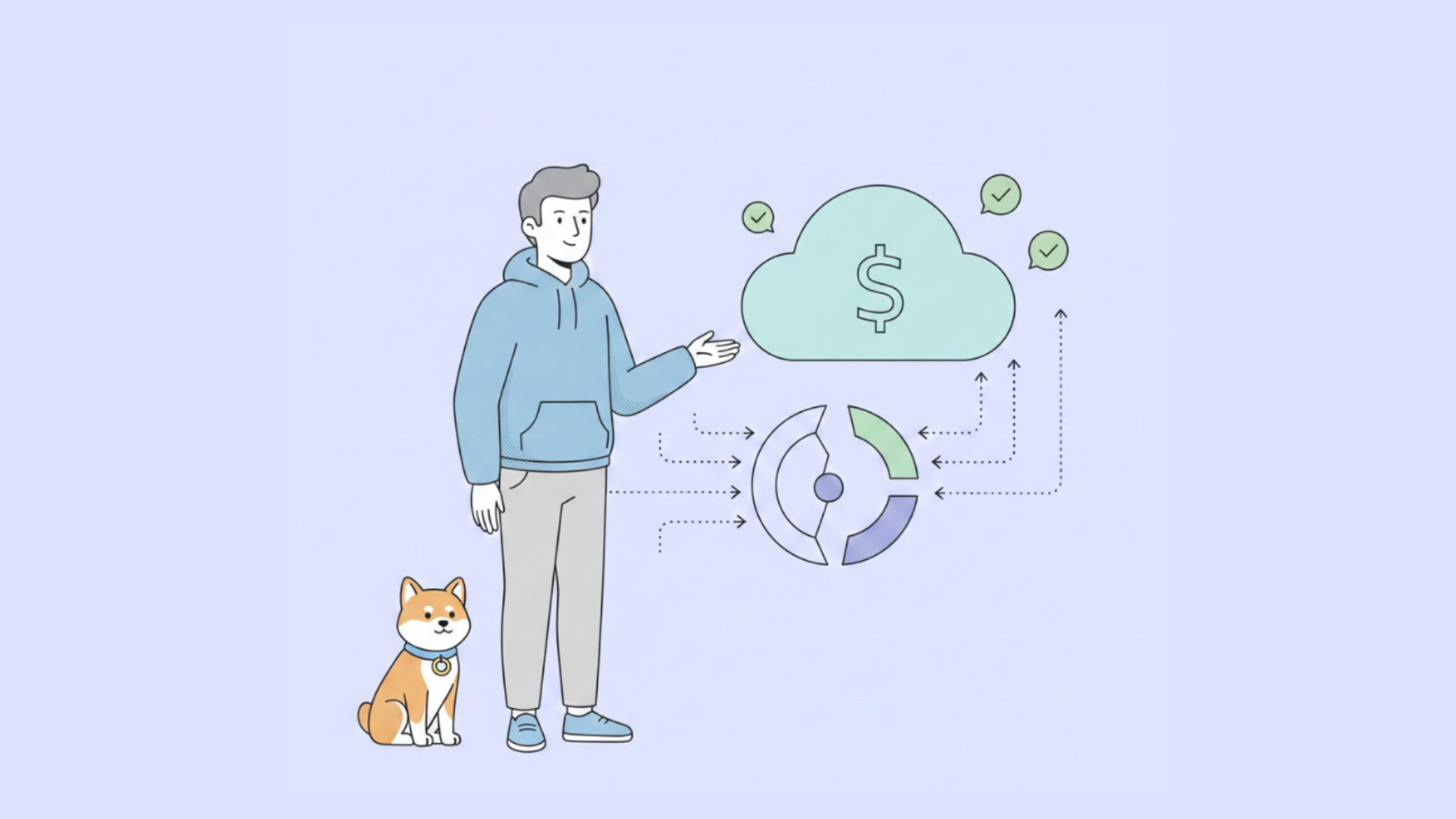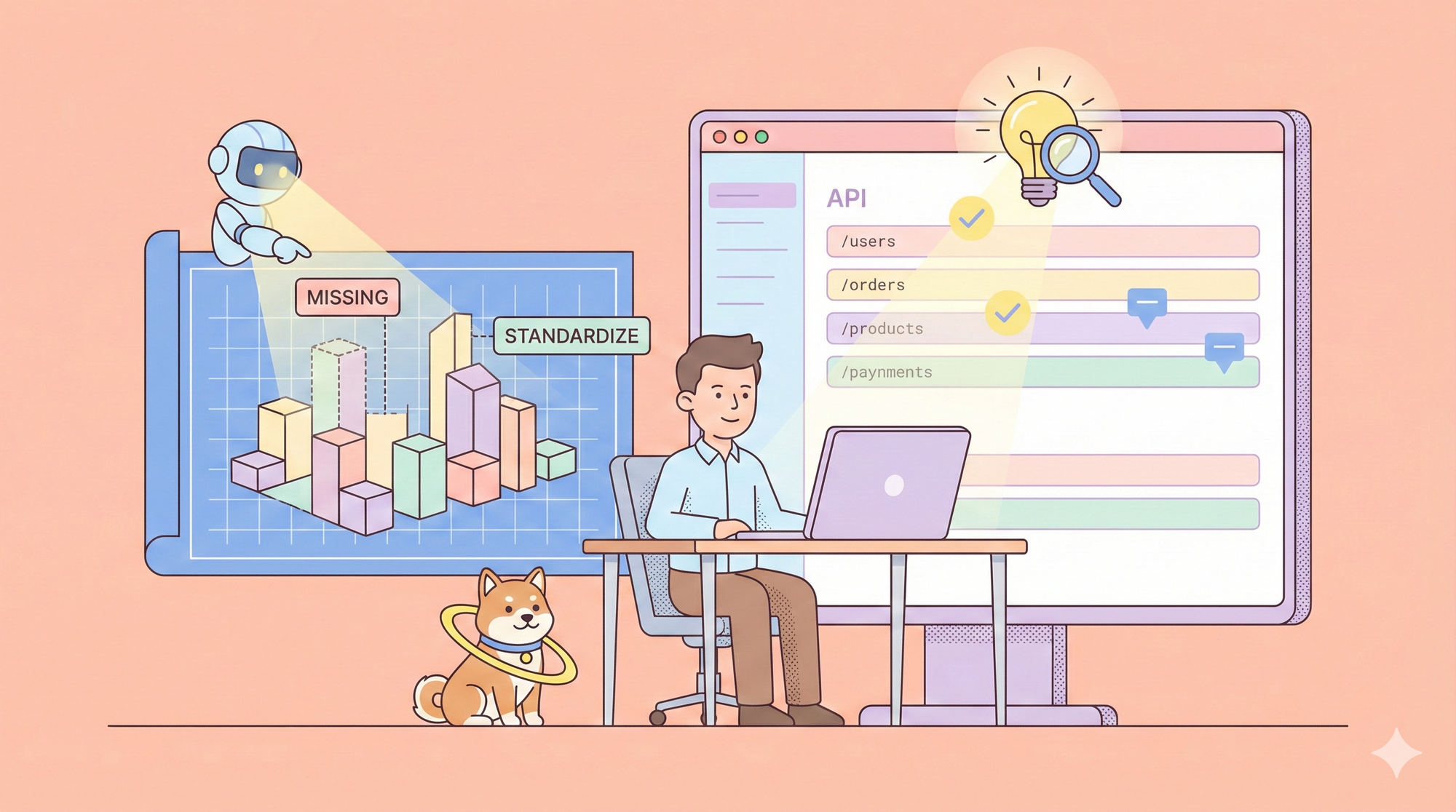SOAP API is a widely used technology in web services development. It operates using XML as its primary format for structuring data exchange between applications over a network. In this article, we will explore the fundamentals of SOAP API and its integration with XML, highlighting its significance in modern software development.
What is SOAP XML API?
SOAP stands for the widely used Simple Object Access Protocol, a set system of communication and exchanging information in Web Services, applications, and systems. XML (eXtensible Markup Language) is a readable language for humans and machines. SOAP APIs rely on this language to encapsulate the data.
What is REST API vs SOAP XML?
REST API and SOAP XML are two different architectural styles used for building web services.
REST API (Representational State Transfer) is an architectural style that uses standard HTTP methods like GET, POST, PUT, and DELETE to communicate between clients and servers. It typically uses JSON or XML as data formats and relies on stateless communication, meaning each request from the client to the server must contain all the information needed to understand and process the request.

SOAP XML, on the other hand, is a protocol that defines a standard way of structuring messages exchanged between web services. SOAP messages are typically formatted in XML and can be transported via various protocols like HTTP, SMTP, or JMS. Unlike REST, SOAP is more rigid and relies on XML schemas for defining message structures, and it also supports more advanced features like security and transactions.
Can SOAP work with XML format?
Yes, SOAP typically uses XML format for structuring its messages. XML (eXtensible Markup Language) is the primary format for SOAP messages, defining the structure and content of the requests and responses exchanged between web services.
These XML-based SOAP messages contain elements such as the envelope, header, body, and fault, which are used to encapsulate the data being transmitted and any additional information related to the message. Therefore, SOAP relies on XML to define its message format and structure.
How to Send XML in SOAP Request?
To enhance your understanding and streamline the management of SOAP APIs, leverage specialized API platforms like Apidog. Apidog offers robust capabilities, enabling developers to import SOAP APIs in WSDL format for seamless editing and debugging.
Getting started with Apidog is simple. Download the application, create an account, and initiate a new project to commence importing SOAP APIs.
Once your project is set up, follow these steps to import your SOAP APIs:
- Navigate to the "Settings" button in the vertical sidebar.
- Access the "Import Data" tab under "Data Management."
- Choose the "WSDL" option for importing data.

After successfully importing the WSDL file, optimize your SOAP API using the following instructions:
- Select the imported SOAP API request, ensuring a unique name distinct from existing requests.
- Locate the "Body" subsection within the API request.
- Access the "xml" subsection for further customization of your SOAP API message.
By following these steps in Apidog, you can efficiently refine and send your SOAP API.

In conclusion, Apidog empowers developers with intuitive tools for effortlessly managing and optimizing SOAP APIs, ultimately streamlining the development process and enhancing efficiency.




